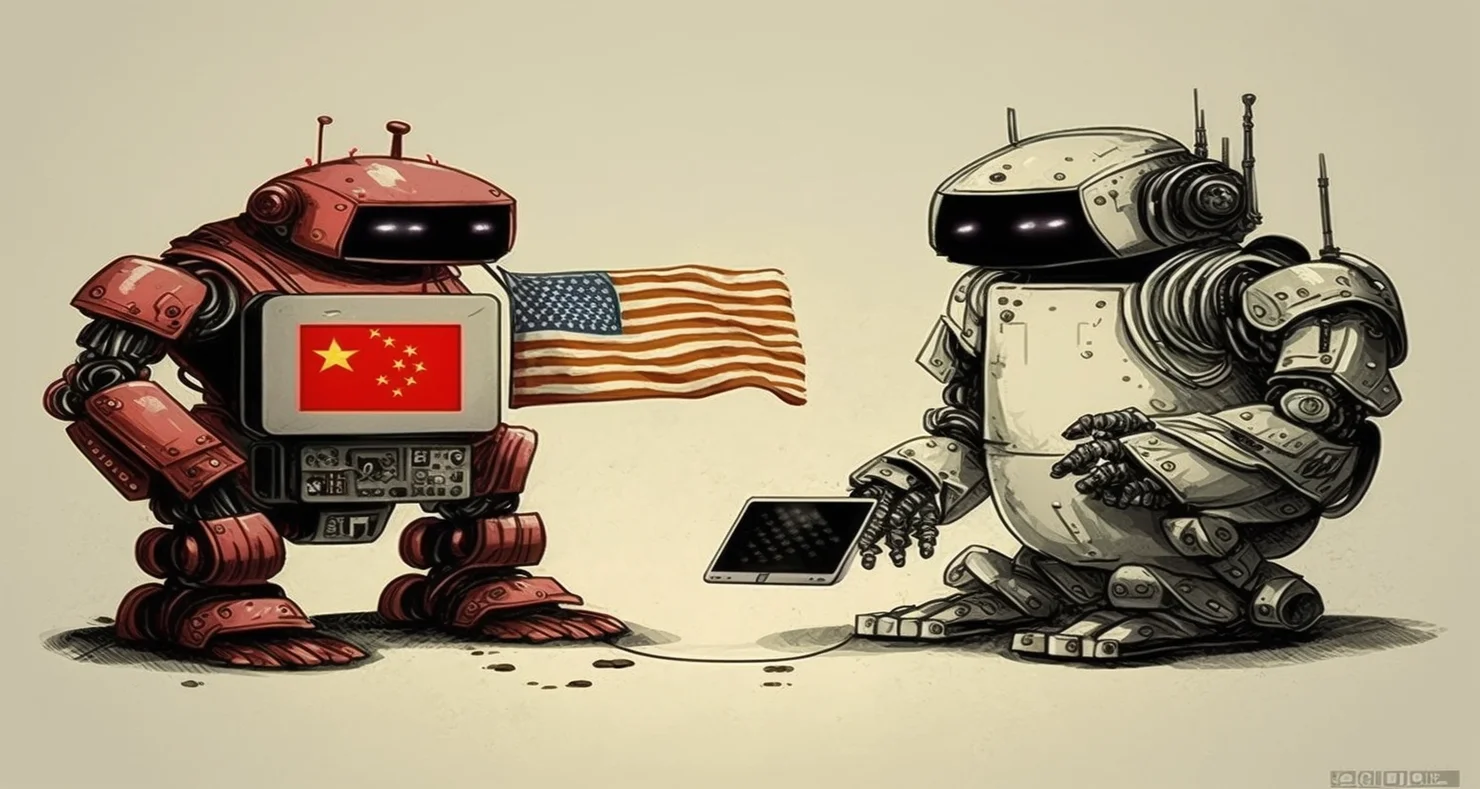The “chip war” between the US and China refers to the ongoing tensions and trade conflicts between the two countries over the semiconductor industry.
The US has accused China of theft of intellectual property and forced technology transfer, while China has accused the US of trying to limit its technological development. As a result, the US has imposed tariffs on Chinese goods and restricted exports of certain technologies to China. In contrast, China has responded with tariffs of its own and has encouraged domestic companies to reduce their dependence on foreign technology.
The semiconductor industry is a key area of competition as it is crucial for developing new technologies such as artificial intelligence, 5G networks, and autonomous vehicles. The chip war is expected to have a significant impact on the global technology landscape for years to come.

How to solve chip war between US and China
There is no easy solution to the chip war between the US and China as it is rooted in a complex mix of economic, political, and strategic factors. However, some possible approaches to resolving the conflict include:
- Diplomatic negotiations: The US and China could engage in diplomatic negotiations to address their trade and technology disputes, and reach a mutually acceptable agreement.
- International cooperation: The two countries could work with international organizations to establish global rules and standards for the semiconductor industry, which could help to reduce tensions and promote stability.
- Investment in domestic industries: Both countries could invest in their own semiconductor industries to reduce their dependence on each other and promote self-sufficiency.
- Encouragement of fair competition: Both countries could work to ensure a level playing field for domestic and international companies, and encourage fair competition rather than protectionism.
These solutions require significant political will and cooperation from both sides, and the chip war is likely to continue to be a source of tension for some time.

How to replace chip production dependency from China?
Here are some ways to reduce dependence on chip production from China:
- Domestic investment: Governments and companies can invest in their own semiconductor industries to increase domestic production and reduce dependence on foreign suppliers.
- Diversification of supply chains: Companies can look for alternative suppliers from other countries to reduce their dependence on any one supplier.
- Development of new technologies: Companies and governments can invest in developing new semiconductor technologies to reduce dependence on existing suppliers.
- Building strategic partnerships: Companies can build partnerships with other companies and governments to increase their bargaining power and secure more favorable terms for chip production.
- Encouragement of fair competition: Governments can implement policies to encourage fair competition and reduce the market power of dominant suppliers, including in China.
Replacing chip production dependence on China is a complex and long-term process, and requires significant investments in technology and infrastructure, as well as political will and cooperation from both governments and the private sector.

The biggest global chip producers
The semiconductor industry is a global and highly competitive market, with many companies operating at the leading edge of technology.
However, some of the largest chip producers in the world include:
- Intel Corporation (USA)
- Samsung Electronics (South Korea)
- TSMC (Taiwan Semiconductor Manufacturing Company)
- SK Hynix (South Korea)
- Micron Technology (USA)
- Qualcomm (USA)
- Texas Instruments (USA)
- NVIDIA (USA)
- MediaTek (Taiwan)
- NXP Semiconductors (Netherlands/USA)
- Infineon Technologies (Germany)
- Renesas Electronics (Japan)
- STMicroelectronics (Switzerland)
- Toshiba Electronics (Japan)
- Micronas (Switzerland)
- Sony Semiconductor Solutions (Japan)
- UMC (Taiwan)
- GlobalFoundries (USA/Europe)
- Xilinx (USA)
- SMIC (Semiconductor Manufacturing International Corporation, China)
- Powerchip (Taiwan)
- AMD (USA)
- Charter Global (USA)
- MagnaChip (South Korea)
- Decawave (Ireland)
- Synaptics (USA)
- Inphi (USA)
- Marvell Technology (Bermuda)
- Silicon Motion (Taiwan)
There are many other companies operating in the semiconductor industry. The market is constantly evolving, with new players emerging and others consolidating, so the ranking of companies can change over time.













